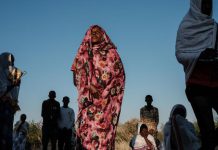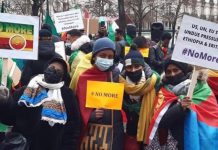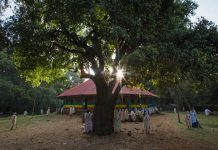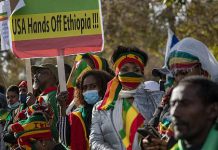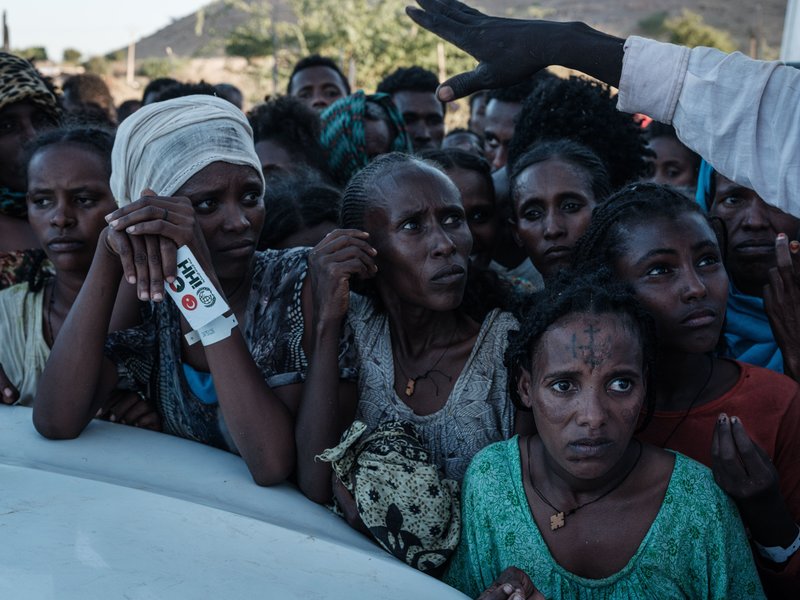
Africa-Press Ethiopia
The heat is unrelenting in the middle of a December day in eastern Sudan. It’s hard to find any shade in this arid landscape. It’s mostly dust and boulders — and, for now at least, it is the temporary home of tens of thousands of Ethiopian refugees who have crossed the border to flee the fighting in their country.
There’s not much to make a home. The nearest town, Al Qadarif, is two hours away. No water source exists at the camps, so water is trucked in from miles away through rugged roads. Refugees are sleeping in makeshift tents and in abandoned buildings. Some are even sleeping outside with no shelter.
Last month, the Ethiopian government launched a military offensive against a rebellious regional government. The ensuing conflict has killed hundreds, and almost 50,000 Ethiopians have crossed the country’s northwestern border into Sudan. It’s a refugee crisis that is straining the humanitarian infrastructure in the country. The United Nations refugee agency has appealed for $150 million to help cope with the situation.
At Village 8 Camp, Measho Fishale, 34, is trying to make a stew out of the sorghum that humanitarian groups have been handing out. It isn’t really working. All she can do is stand above the stove in the sun, holding her toddler.
She has seven children, but when the fighting started in the town of Mai-Kadra in early November, her two oldest were not at home.
“[Militias] were slaughtering people with knives and machetes,” she says.
Many other refugees describe the same scene: They say members of Fano, a youth militia loyal to the government, rampaged through Mai-Kadra killing ethnic Tigrayans. The government has repeatedly disputed that narrative, saying it was a youth militia affiliated with the Tigrayan rebels who killed ethnic Amharas, Ethiopia’s second-biggest ethnic group.

